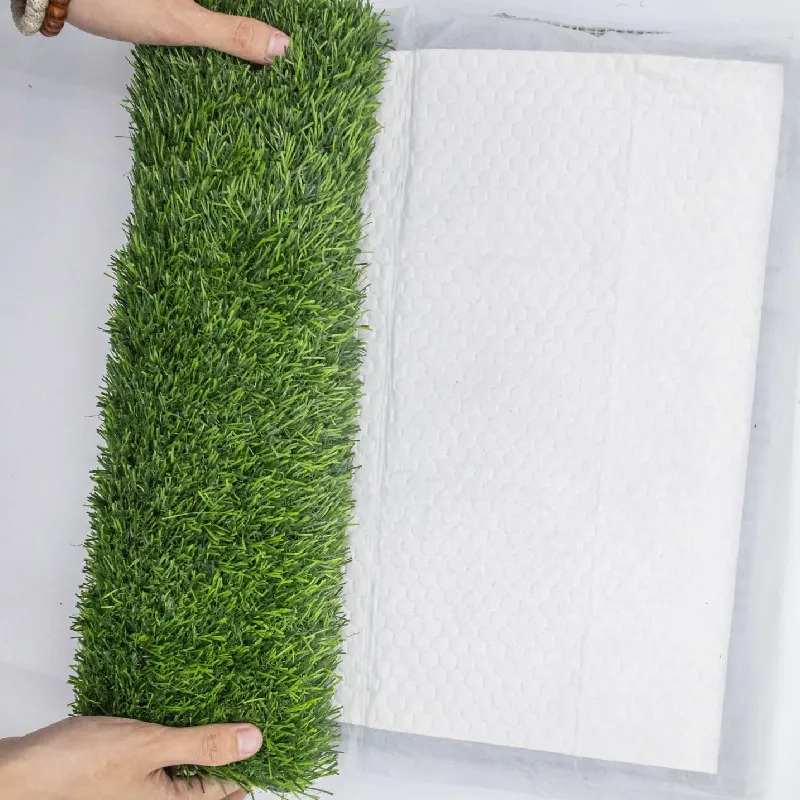
- Afrikaans
- Arabic
- Belarusian
- Bengali
- Czech
- Danish
- Dutch
- English
- Esperanto
- Estonian
- Finnish
- French
- German
- Greek
- Hindi
- Hungarian
- Icelandic
- Indonesian
- irish
- Italian
- Japanese
- kazakh
- Rwandese
- Korean
- Kyrgyz
- Lao
- Latin
- Latvian
- Malay
- Mongolian
- Myanmar
- Norwegian
- Persian
- Polish
- Portuguese
- Romanian
- Russian
- Serbian
- Spanish
- Swedish
- Tagalog
- Tajik
- Thai
- Turkish
- Turkmen
- Ukrainian
- Urdu
- Uighur
- Uzbek
- Vietnamese
Exploring Various Styles and Options of Artificial Turf for Your Outdoor Space
Nov . 07, 2024 13:45 Back to list
Different Types of Fake Grass A Comprehensive Overview
As the demand for low-maintenance, aesthetically pleasing outdoor spaces increases, fake grass, or artificial turf, has gained tremendous popularity. Homeowners, businesses, and sports facilities alike are turning to this versatile alternative to natural grass. With a variety of types available, understanding the different varieties of fake grass can help consumers make informed decisions based on their specific needs and preferences.
1. Nylon Artificial Grass
Nylon is widely regarded as one of the most durable materials for fake grass. Known for its resilience and ability to withstand heavy foot traffic, nylon turf is an excellent option for sports fields, playgrounds, and high-use areas. The fibers are designed to bounce back quickly, maintaining a natural appearance despite extensive use. However, this durability comes at a higher cost compared to other types of synthetic grass. Additionally, nylon can retain heat, making it less comfortable to walk on in hot climates, so consumers must also consider the local weather conditions.
2. Polyethylene Artificial Grass
Polyethylene is one of the most popular materials used in artificial grass production. It offers a softer feel, making it a comfortable choice for residential lawns and pet areas. Polyethylene turf provides an aesthetically pleasing appearance with a natural color palette that can replicate the look of real grass. Its flexibility and resistance to UV rays make it a durable option for various climates. Homeowners often prefer polyethylene because it offers a good balance between affordability and visual appeal, making it suitable for both front yards and backyards.
3. Polypropylene Artificial Grass
Polypropylene is the most economical choice for fake grass. It is lightweight, easy to install, and commonly used for indoor applications, such as in playrooms or temporary event spaces. While polypropylene is affordable, it is less durable compared to nylon and polyethylene. It is more susceptible to wear and tear, which may not make it the best choice for high-traffic outdoor spaces. However, for low-usage or decorative purposes, polypropylene can be a cost-effective solution.
different types of fake grass

4. Infill and Non-Infill Grass
Artificial grass can be categorized further based on whether it uses infill or not. Infill is a material (often made of rubber or sand) that is placed between the blades of synthetic grass for added support, cushioning, and drainage. Infill provides weight, which helps the grass blades stand upright, giving a more realistic appearance while also enhancing performance.
Non-infill grass, on the other hand, does not use any infill material. This type of turf is often used for areas where drainage is a concern or in situations where the lawn is primarily decorative. Non-infill turf offers quicker drainage and can be easier to maintain, though it may not provide the same level of cushioning underfoot.
5. Specialized Artificial Grass
In addition to standard synthetic grass, there are specialized varieties designed for unique needs. For instance, pet-friendly artificial grass often has improved drainage systems and antimicrobial properties to help manage pet waste. Sports-specific turf is engineered for optimal performance, with variations in pile height and density to suit different sports like soccer, football, or golf. Furthermore, some artificial grasses are designed for specific climates, including UV-resistant options that help prevent fading and heat retention.
Conclusion
Choosing the right type of artificial grass is essential in achieving a sustainable and visually appealing outdoor space. Factors such as durability, intended use, comfort, and climate should all be considered before making a decision. From nylon’s unmatched resilience to polyethylene’s balance of cost and aesthetics, there is a type of fake grass available to suit the diverse needs of consumers. As technology continues to evolve, the quality and variety of fake grass options will likely expand, providing even more choices for those looking to enhance their lawns, sports fields, or recreational spaces.
-
The Benefits of Artificial Turf for Indoors
NewsJul.15,2025
-
How Artificial Grass Suppliers Ensure Quality Products
NewsJul.15,2025
-
Artificial Grass and Pets: A Space for Relaxation
NewsJul.08,2025
-
Balcony & Outdoor Decoration with Artificial Grass
NewsJul.08,2025
-
Best Indoor Artificial Grass for Home
NewsJul.07,2025
-
Best Pet Turf for Dogs: Safe & Durable Artificial Grass Options
NewsJul.07,2025
Products categories









